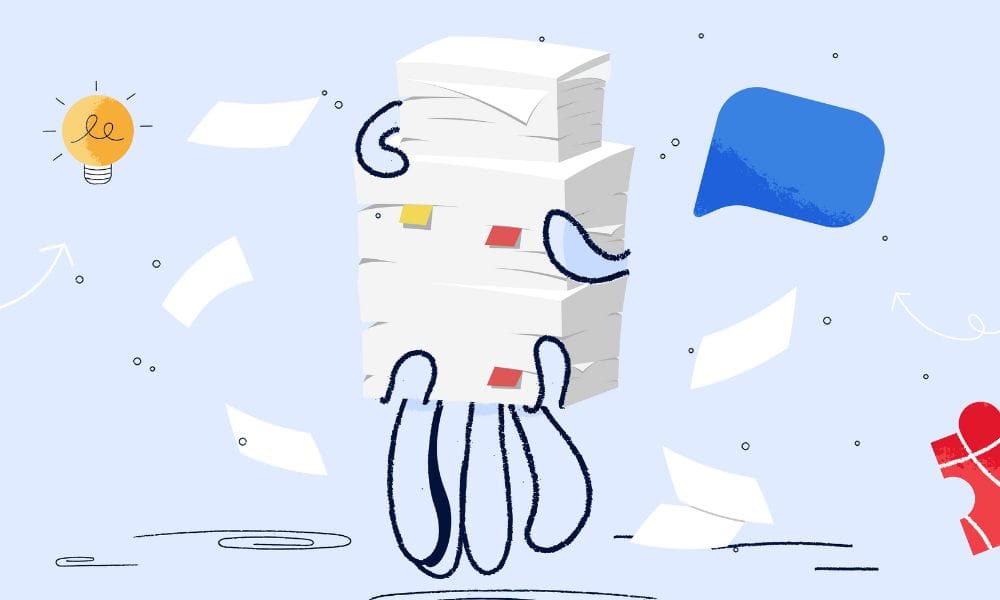Shopify gives you several tools and features to help stop fake orders and protect your business. Here’s what you can use to spot risky orders and reduce fraud in your store.
Fraud analysis
This tool helps you decide which orders to send by showing you how risky each order is.
Who can use it:
- Stores using Shopify Payments
- Stores using most other payment companies on Grow, Advanced, or Shopify Plus plans
What it does: Checks orders and tells you if an order has a low, medium, or high risk of a chargeback due to fraud. Orders with medium or high risk get marked with a warning sign next to the order number on your Orders page.
What it checks:
- Whether the credit card used for the order passes address checks, whether the customer gave the right security code, details about the internet address used to place the order, whether the customer tried to use more than one credit card
- If billing and shipping addresses don’t match
- If someone tried multiple cards that failed
- Large orders from first-time customers
How the warnings work: Green signs show information that usually means the order is real. Red signs show information that usually means the order might be fake. Grey signs give you extra information that might help.
Important warning: Sending high risk orders can cause more chargebacks and that can result in losing your payment processing and removal from Shopify Payments.
Shopify Protect
This feature protects you from fake chargebacks on eligible orders.
Who can use it: US stores that use Shop Pay
What it does: Shopify Protect covers the total order cost, chargeback fee, and handles the dispute process on protected fraud-based chargebacks. For orders paid with Shop Pay that qualify, we’ll automatically cover the cost of the order and chargeback fee if it turns out to be fraud.
How it works: Shopify’s fraud system uses data from all our stores to catch the latest types of fraud so you stay safe every day. Orders marked “protection active” are safe to send.
Rules you must follow: You must send the order within seven days of getting it. You must provide tracking information, including the shipping company. You must give the order to a shipping company within 10 days of getting it. Orders must be shipped using an approved shipping company.
What it doesn’t cover: It only covers one type of chargeback and it’s easy to lose protection without realizing it. Shopify Protect only covers fake chargebacks marked as unauthorized card use. It does not cover other types of disputes like item not received or customer not happy with product.
Cost: Shopify Protect costs nothing extra for eligible Shop Pay orders in US stores.
Shopify Flow
This tool lets you create automatic rules to control which orders your store accepts.
Who can use it:
- Stores on Basic, Grow, Advanced, or Shopify Plus plans
- Stores using Shopify Fulfillment Network (SFN)
What it does: You can set up automatic tasks in Shopify Flow by creating workflows that have triggers, conditions, and actions. You can use Shopify Flow to manage high-risk orders by setting up common workflows.
Common automatic fraud actions:
- Take payment for low and medium-risk orders, and avoid taking payment for high-risk orders
- Cancel orders for customers who return items a lot
- Automatically cancel orders that use an email address that was used for past fake orders
Ready-made templates include:
- Cancel orders from bad email addresses: This template adds tags to an order and cancels it if the order is placed from an email address that was used for past fake orders
- Limit customers to five orders per day: This template cancels all a customer’s orders if they place more than five in a single day
- Get notified of high-risk orders: This template sends an email to staff members if a high-risk order comes in before payment is taken
Important setup tip: When you make or edit a workflow to manage high-risk orders, make sure you use the Order risk analyzed trigger instead of the Order created trigger. This is because fraud analysis takes some time to process after an order is created.
Dynamic 3DS
This security feature adds extra checks for credit card payments when needed.
Who can use it: Stores using Shopify Payments
What it does: If you use Shopify Payments and your store is in a PSD2 region, then you automatically use a 3D Secure (3DS) checkout flow. Shopify Payments only uses 3DS when required by the card-issuing bank.
How 3DS works: 3D Secure is an extra security layer for online credit and debit card payments. It adds a verification step for online payments by sending the user to the card company’s website, then back to the online store to complete payment.
Main benefits: When a payment is verified with 3D secure, the responsibility for fake chargebacks or disputes is shifted from merchants to card companies. This shift means merchants are no longer responsible for the costs of a chargeback or dispute.
Following rules: Online stores in countries under the PSD2 directive require 3D Secure checkout integrations to follow PSD2 rules. Strong Customer Authentication is a security policy in Europe that helps reduce fraud and make payments more secure.
Smart system: Our system smartly sends high-risk payments through 3DS. The card company checks the risk level using their systems, helped by Shopify’s data. This means low-risk payments get easy checkout while high-risk ones get extra security.
Card testing protection
This built-in protection stops fraudsters from testing stolen credit cards on your site.
Who can use it: Stores using Shopify Payments
What it does: Automatically finds and blocks attempts to test credit card numbers at checkout, stopping fraud before it happens.
How it works: Uses machine learning and tests to help prevent card testing attacks by bots and humans at checkout.
Dispute management
This feature handles chargeback disputes automatically.
Who can use it: Stores using Shopify Payments
What it does: When you get a chargeback or inquiry on an order made with Shopify Payments, Shopify collects evidence and sends it to the credit card company on the due date. Before Shopify sends the response, you can add more evidence in the Shopify admin.
Automatic evidence collection: Merchants who use Shopify get fully integrated payment processing and automatic dispute resolution, which combines transactions made in-store and online, receipts, shipping, and package tracking, helping you win more disputes and spend less on chargeback fees.
Timeline: After the evidence is sent, the chargeback or inquiry is resolved within 120 days.
What Shopify includes: The system automatically includes transaction information, order details, shipping confirmations, and tracking numbers. You can add extra evidence like customer emails, proof of delivery, or permission records.
Important limits: Chargebacks are decided by the customer’s bank. Shopify can’t influence or change this decision. Shopify can help you by providing information to dispute the chargeback. Learn the detailed process of how to submit evidence for chargebacks to increase your chances of winning disputes. Shopify isn’t responsible for chargebacks that happen when using the Shopify platform.
Better win rates: Shopify Payments comes with Automatic Dispute Resolution, which can nearly double your win rate from unnecessary chargebacks.
Proxy detection
This tool flags customers who might be hiding their real location.
Who can use it: Stores using Shopify Payments
What it does: Finds when customers are using proxy services or suspicious internet addresses, which can be a sign of fake activity.
Why it matters: Fraudsters often use proxy services to hide where they really are, making it harder to track them down if they commit fraud.
Authorization rate optimization
This feature uses smart technology to get more payments approved and fewer declined.
Who can use it: Shopify Plus stores using Shopify Payments
What it does: Shopify Payments uses machine learning to improve authorization rates for transactions, which can help increase the number of accepted authorizations and reduce the number of declined transactions in your store. This is done by improving the information that’s sent to payment processors when a transaction is submitted, and by recovering declined transactions with smart retries and rerouting.
Real results: We boosted payment success rates by 26 basis points—that’s $471 million in sales merchants would have otherwise lost to declined transactions. By moving beyond rigid address checks, Shopify merchants reduce false declines and process 0.33% more transactions.
How it works: Our smart combination of machine learning and 3DS sends clear signals to credit card companies, helping them approve real orders while maintaining strong fraud protection.
Less fraud too: Our industry-leading approach confirmed an 8-basis-point reduction in chargeback rates for merchants using Shopify Payments with optimized 3DS. This represents approximately $62 million in annual savings.
Better fraud detection: We’ve built a better system for handling fraud risk. Our comprehensive fraud analysis already includes address and security code data, allowing us to identify and cancel high-risk orders even when address checks pass.
Payment capture control
This setting lets you control when you actually collect payment from customers.
Who can use it: Stores not using Shopify Payments
What it does: Gives you control over which orders you collect payment from and when you collect it. This is especially useful for high-risk orders, though you should be aware of third-party transaction fees.
Why use it: When your store automatically takes payments for all orders, including high-risk ones, you might want to review suspicious orders before taking the money. This helps you avoid losing money on fake orders.
Getting the most from fraud prevention
These tools work together to create a complete fraud prevention system. The exact features available depend on your Shopify plan and payment processor. For best results, use multiple tools together like use fraud analysis to find risky orders, set up Flow workflows to handle responses automatically, and rely on Shopify Protect for eligible Shop Pay transactions. Check your Shopify admin’s Payments page to see which options you can use and adjust your settings based on what your store needs.





